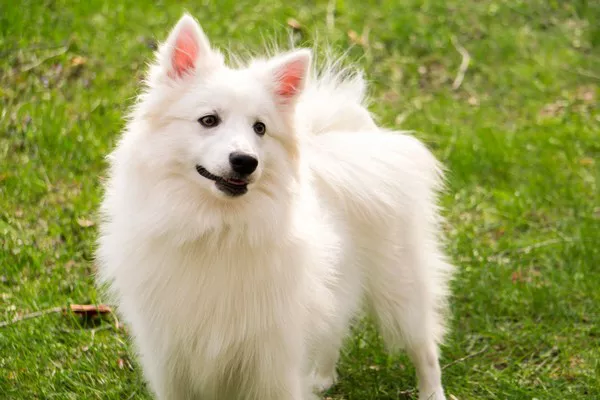Training your Husky is a rewarding journey that enhances the bond between you and your furry companion. In this comprehensive guide, we’ll delve into the efficient methods that encompass when and where to start training, defining tasks, the training process of American Eskimos, and various strategies and techniques for easy and effective training.
When To Start The Training?
Commencing training at the right time is crucial for a Husky’s development. Early socialization, typically starting around 7 to 8 weeks of age, sets the foundation for a well-behaved adult dog. Introduce your Husky to various environments, people, and other pets during this critical period to ensure positive social skills and adaptability.
Where To Start The Training?
Selecting an appropriate location is key to successful training. Begin in a quiet and distraction-free environment, gradually progressing to more challenging settings as your Husky gains confidence and skills. A controlled environment enables focused learning, laying the groundwork for successful training sessions in various situations.
How To Define Tasks For Your Pet?
Clearly defining tasks is essential for effective communication between you and your Husky. Break down commands into simple, understandable cues. Consistency is paramount; use the same verbal and visual cues for specific actions. Huskies thrive on routine and clarity, making well-defined tasks a cornerstone of successful training.
The Training Process of American Eskimo
Understanding the unique characteristics of American Eskimos is vital for tailored training. These intelligent and energetic dogs respond well to positive reinforcement, consistent commands, and mental stimulation. Engage in short, dynamic training sessions to keep your Eskie’s attention and make learning an enjoyable experience.
Electronic Training
Electronic training tools, such as electronic collars, can be effective if used responsibly and ethically. Ensure proper education on their usage and consult with a professional trainer if necessary. Electronic training should focus on reinforcing positive behavior rather than punishment, promoting a safe and humane training experience.
Scientific Training
Scientific training methods leverage canine psychology to create a positive learning environment. These methods are based on understanding how dogs think and learn. Positive reinforcement, consistency, and clear communication are foundational principles, fostering a strong connection between you and your Husky.
Positive Reinforcement
Positive reinforcement involves rewarding desired behaviors to encourage their repetition. Treats, praise, and play are powerful motivators for Huskies. When your Husky associates positive actions with rewards, they are more likely to exhibit those behaviors consistently. This approach builds a strong bond and cultivates a positive training atmosphere.
Strategies and Techniques for Easy Training
Implementing effective strategies and techniques simplifies the training process. Break down complex tasks into smaller steps, gradually increasing difficulty. Incorporate fun activities into training sessions to keep your Husky engaged. Consistency, patience, and a positive attitude are key elements for success.
Conclusion
Efficient training methods for Huskies encompass a holistic approach that considers their unique traits and individual learning style. When to start, where to train, defining tasks, and selecting appropriate training methods all contribute to fostering a well-behaved and responsive companion. By embracing positive reinforcement, understanding canine psychology, and employing effective strategies, you embark on a journey of building a strong connection and mutual understanding with your beloved Husky.


